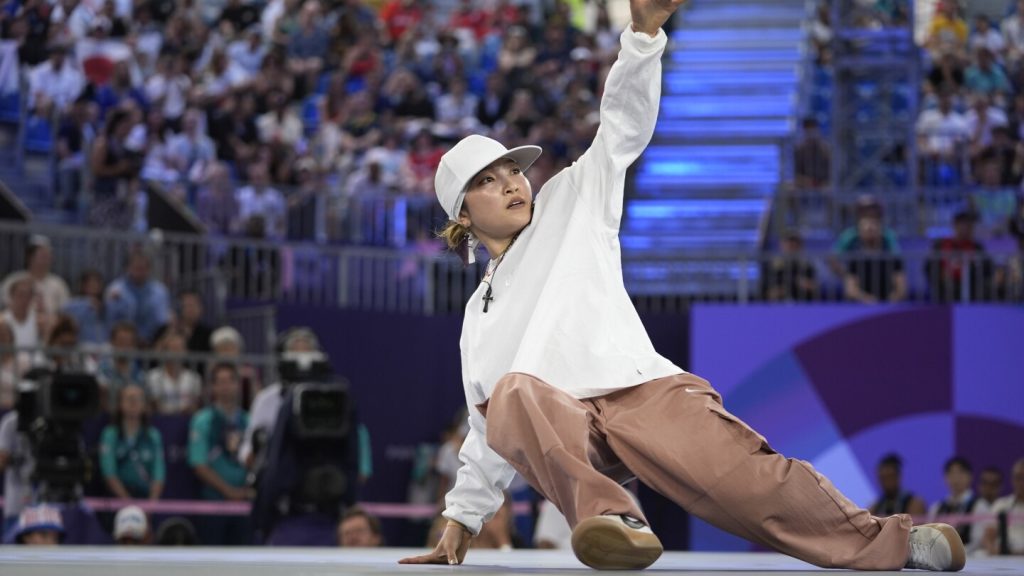Japan’s b-girl Ami, legally named Ami Yuasa, won the gold medal at the Olympics’ first breaking event in a high-energy competition held in the Place de la Concorde stadium in Paris. She outperformed 15 other dancers, including b-girl Nicka from Lithuania, in an impressive display of spinning, flipping, and toprocking. The b-girls wowed the crowd with power moves like headspins, windmills, and backflips. Despite the artistry of breaking, Ami emphasized that it could also be considered a part of sports. The competition started in the afternoon and ended late in the evening, keeping fans engaged throughout.
The quarterfinals phase of the competition featured eight b-girls who battled in knockout rounds to narrow down to the finals. The silver medal was won by b-girl Nicka from Lithuania, while China’s b-girl 671 (Liu Qingyi) took home the bronze after a fierce battle with b-girl India from the Netherlands. The event showcased the talent and skills of the breakers on an international stage, with b-girls representing countries from around the world. Despite the American disappointment of both b-girls, Logistx and Sunny, being eliminated in the first round, the event was a landmark moment for hip-hop and breaking culture.
The judging system for the breaking competition included assessing the breakers based on technique, vocabulary, execution, musicality, and originality. Each of these criteria accounted for 20% of the final score, with a panel of nine judges scoring the performances. The breakers had to catch the beat with their toprocking before moving into intricate footwork moves on the floor. The soundtrack for their routines was a surprise, as two DJs provided the music for each performance. Despite initial skepticism, the competition highlighted the athleticism, physicality, and artistry of breaking to a global audience.
The addition of breaking as an Olympic sport was a significant moment for the hip-hop and breaking community. The event aimed to bring the culture and style of breaking to a mass audience, showcasing the unique talents and individuality of the breakers. The competition featured a mix of experience levels, with relative newcomers like Liu Qingyi from China competing alongside seasoned performers. The challenge for organizers was to balance the athletic ability and physicality of the breakers with the cultural significance and creativity of breaking as an art form.
The presence of American rapper Snoop Dogg and the energetic atmosphere in the stadium added to the excitement of the competition. The crowd cheered for the b-girls from France and the U.S., showing their support for the participants. The success of the breaking event paved the way for future competitions, with b-boys set to battle it out for gold in the upcoming rounds. While breaking was added to the Olympics for Paris, it is not guaranteed to return for future Games, making this inaugural event a historic moment for the sport. Overall, the Olympic breaking competition showcased the passion, skill, and artistry of the breakers on a global stage.


